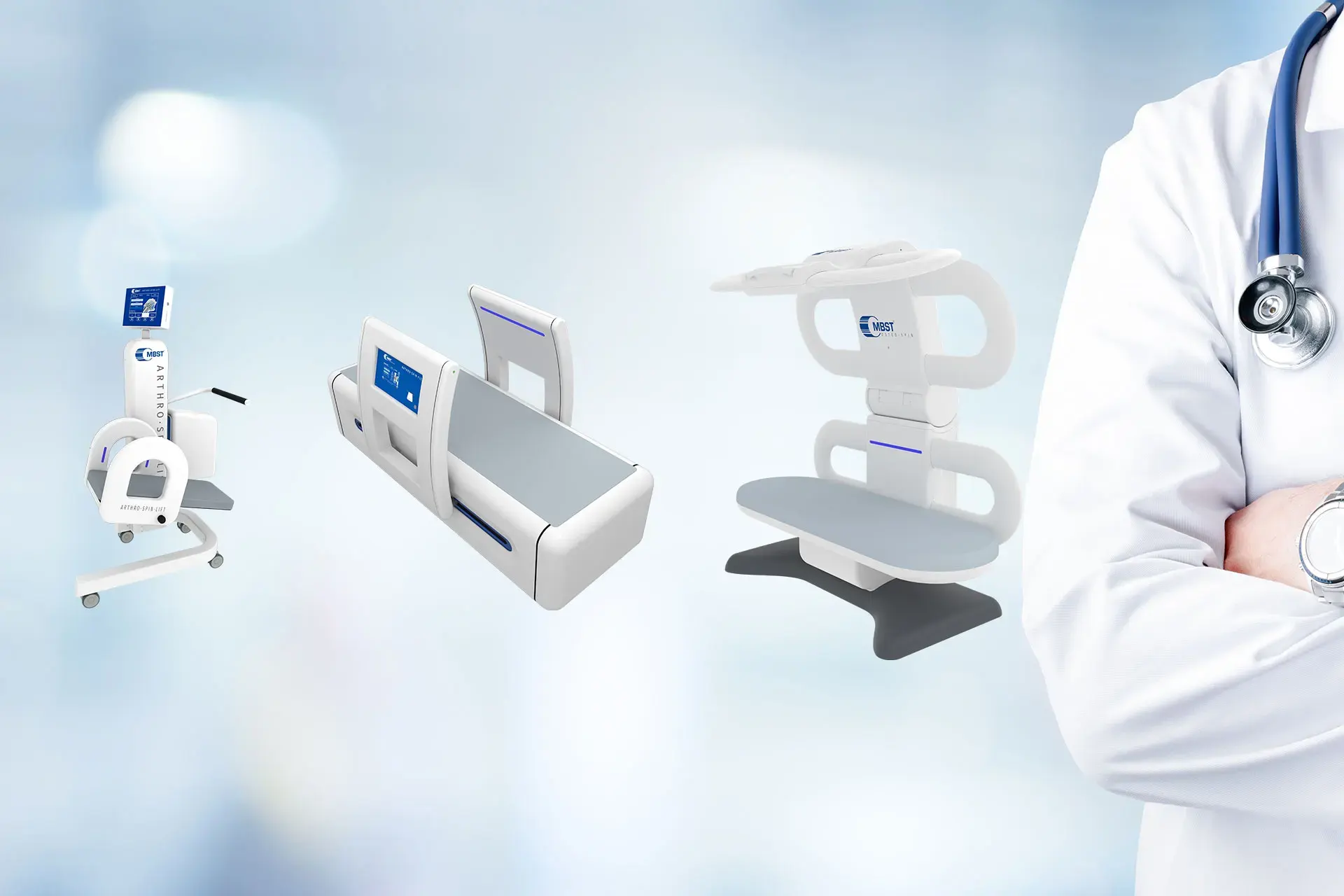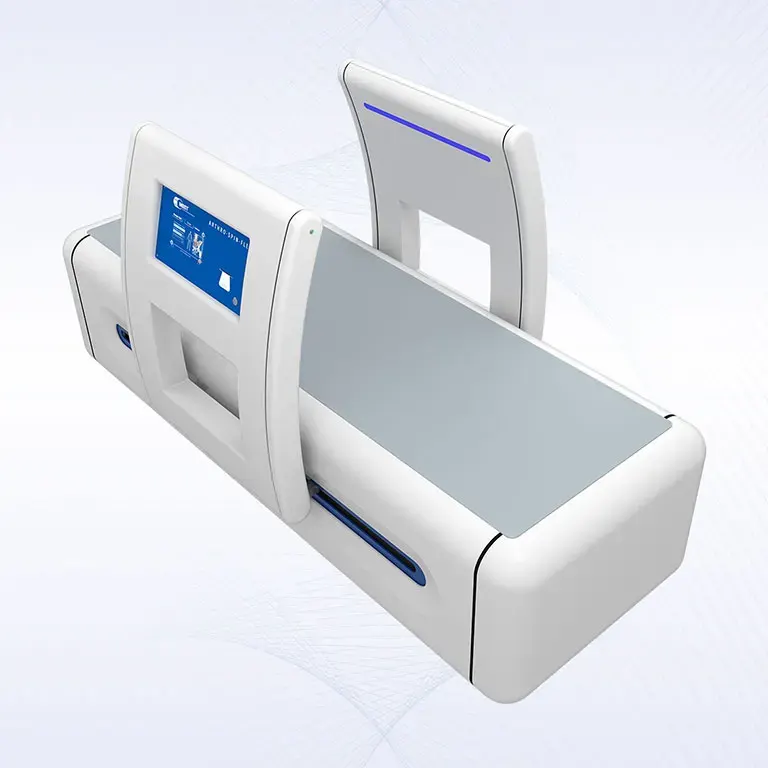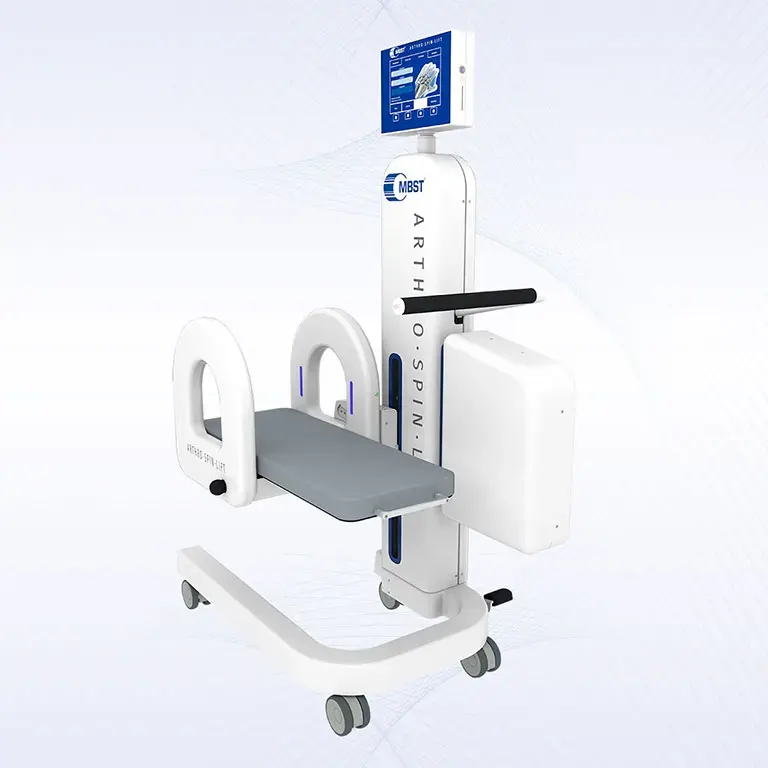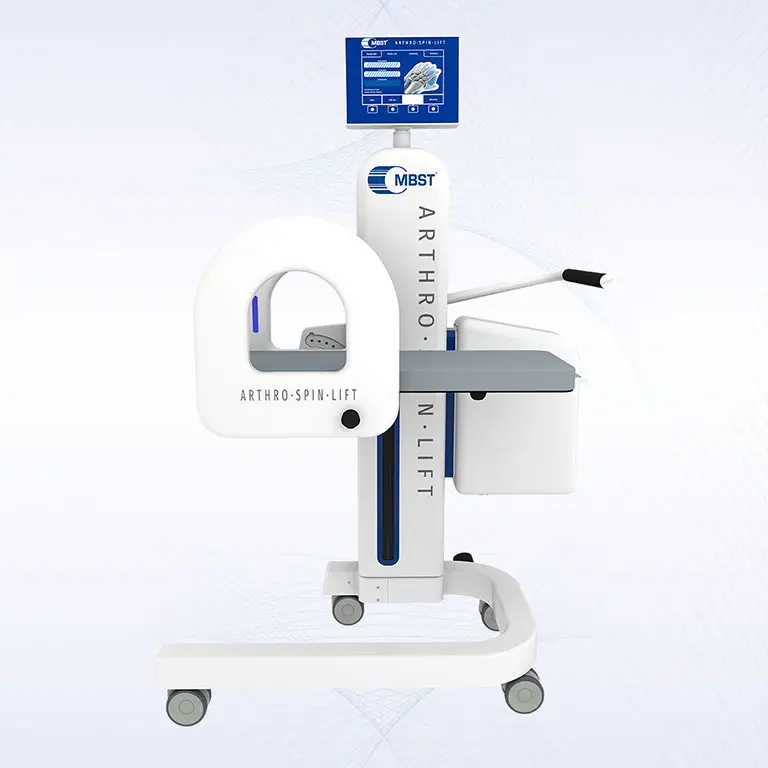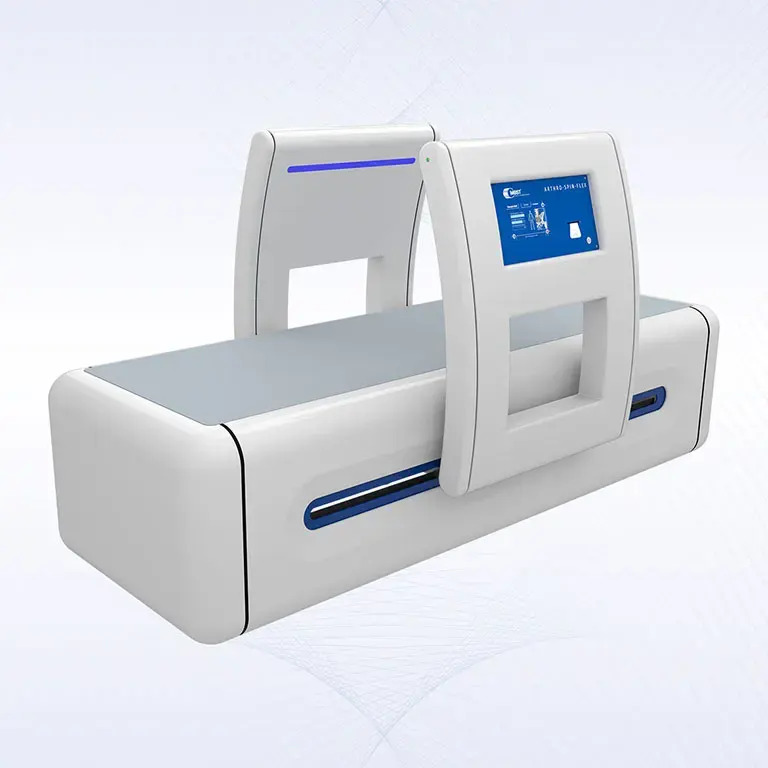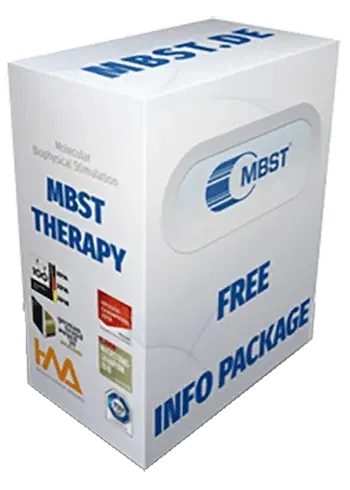About 12,4 million people in Germany are affected by the progressive wide-spread disease osteoarthritis.1 Many patients suffer from severe restrictions of their everyday life due to intense pain and disabilities. The wide-spread disease osteoarthritis is not only common among the older population but also younger people are affected more and more often. An innovative therapy approach can give hope to the patients who want to prevent an artificial joint.
Cartilage degeneration causes inflammation and pain
Osteoarthritis is characterised by a degeneration of the cartilage in the joint and growth on the bone surfaces. First symptoms are usually a feeling of stiffness and then pain, at first during movement, then permanently. Cold and damp weather as well as physical stress can increase the pain. Many therapy options often help only for a short time. Infusions or injections with pain killers, hyaluronic acid or other drugs shall alleviate the complaints. The disease itself, however, progresses even further. In the end, an operation may become necessary to replace the worn-out joint. For a long time, mechanical wearing and degeneration due to age were seen as the causes. Analyses show that there must also be other factors that contribute to the development of osteoarthritis. Newer studies indicate that molecular disorders in the cartilage cells might further the degeneration of cartilage in the joints.2 This is where an innovative German therapy method finds its starting point, aiming at the molecular processes within the cells. The MBST therapy not only aims at the regeneration of the cartilage and a reduction of the pain with an increased mobility but also tries to preserve the original joints and prevent surgical interventions. For this, MBST uses the physical effect of magnetic resonance that is also used in MRI.
Stimulation of regeneration of cartilage tissue
MRI stimulates hydrogen protons for diagnostic purposes. MBST uses the technology not to generate images but to transfer energy in a targeted way into damaged or diseased cells on a molecular level. The aim of this biophysical stimulation is triggering the body’s own repair mechanisms and regenerative processes.
Without injections, drugs or known side-effects
Scientific data shows that the MBST therapy stimulates the cellular metabolism among others3,4 which is important for the regeneration of cartilage. Newer studies show that the MBST magnetic resonance therapy even takes one more step.
MBST and circadian stimulation
Every body cell has an internal clock. Research shows that displaced cell clocks can be recognized as one of the causes of osteoarthritis5. The misregulated cells that have lost their rhythm can no longer carry out important cartilage building processes. Studies6 have now shown that the cell clocks can be influenced by MBST, which enables readjustment. This not only leads to completely new therapeutic approaches in the treatment of osteoarthritis, but also for wound healing disorders, osteoporosis, intervertebral disc damage or back pain.
References: [1] DEGS: Studie zur Gesundheit Erwachsener in Deutschland. Basispublikation · [2] Echtermeyer et al. 2009, Nature Medicine, 15, 9, dx.doi.org/10.1038/nm.1998 · [3] Temiz Artmann et al. 2005, Methods and Findings in Experimental and Clinical Pharmacology, 27(6), 391–394 · [4] Melzer et al. 2003, Fachkrankenhaus für Orthopädie · [5] Gossan et al. 2015, Biogerontology, 16.2, 209–219 · [6] Egg et al. 2017, Universität Innsbruck, Institut für Zoologie
Download PDF




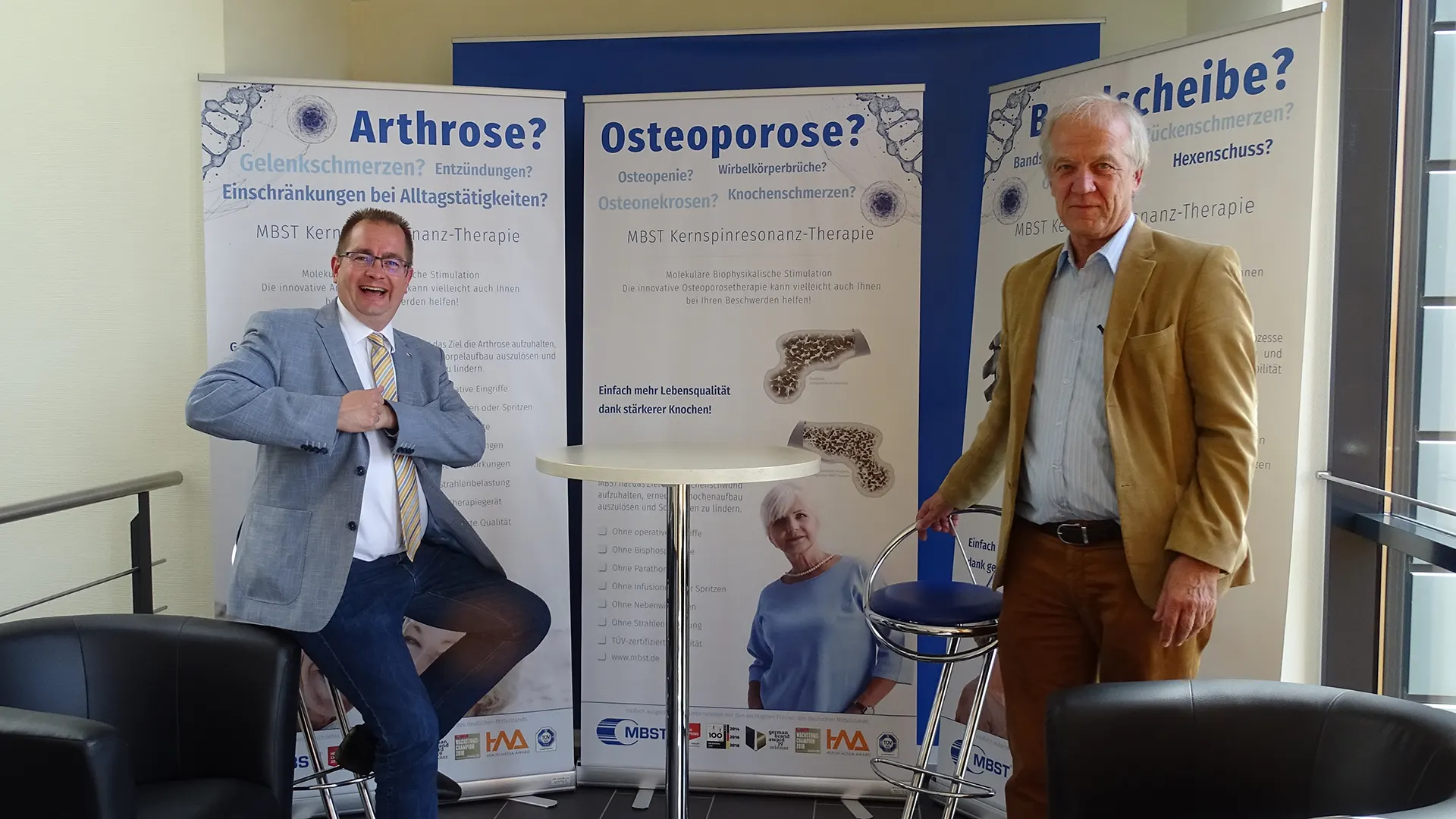
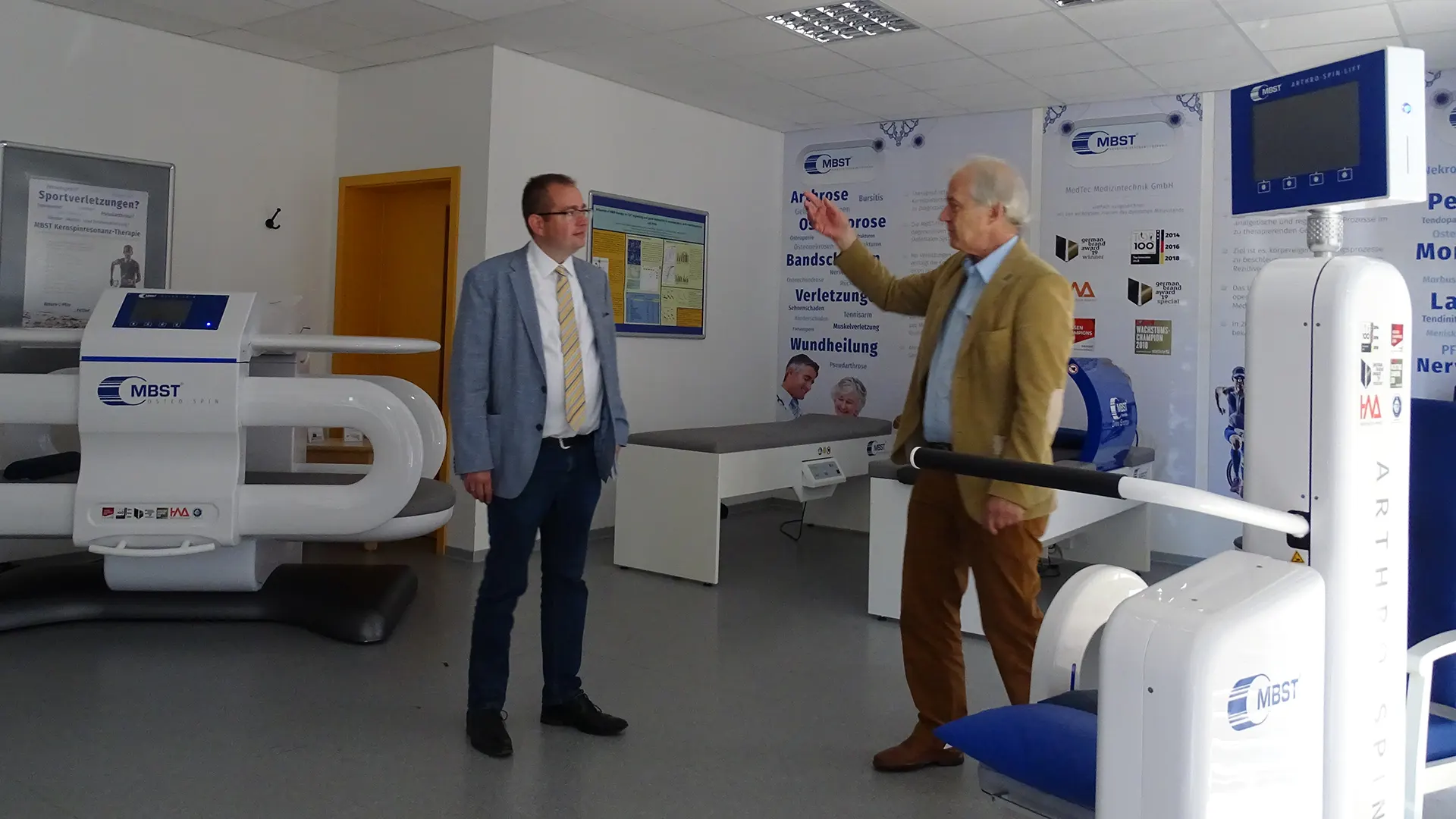
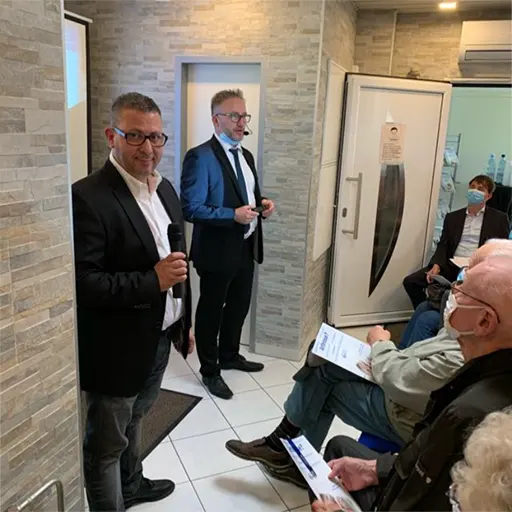


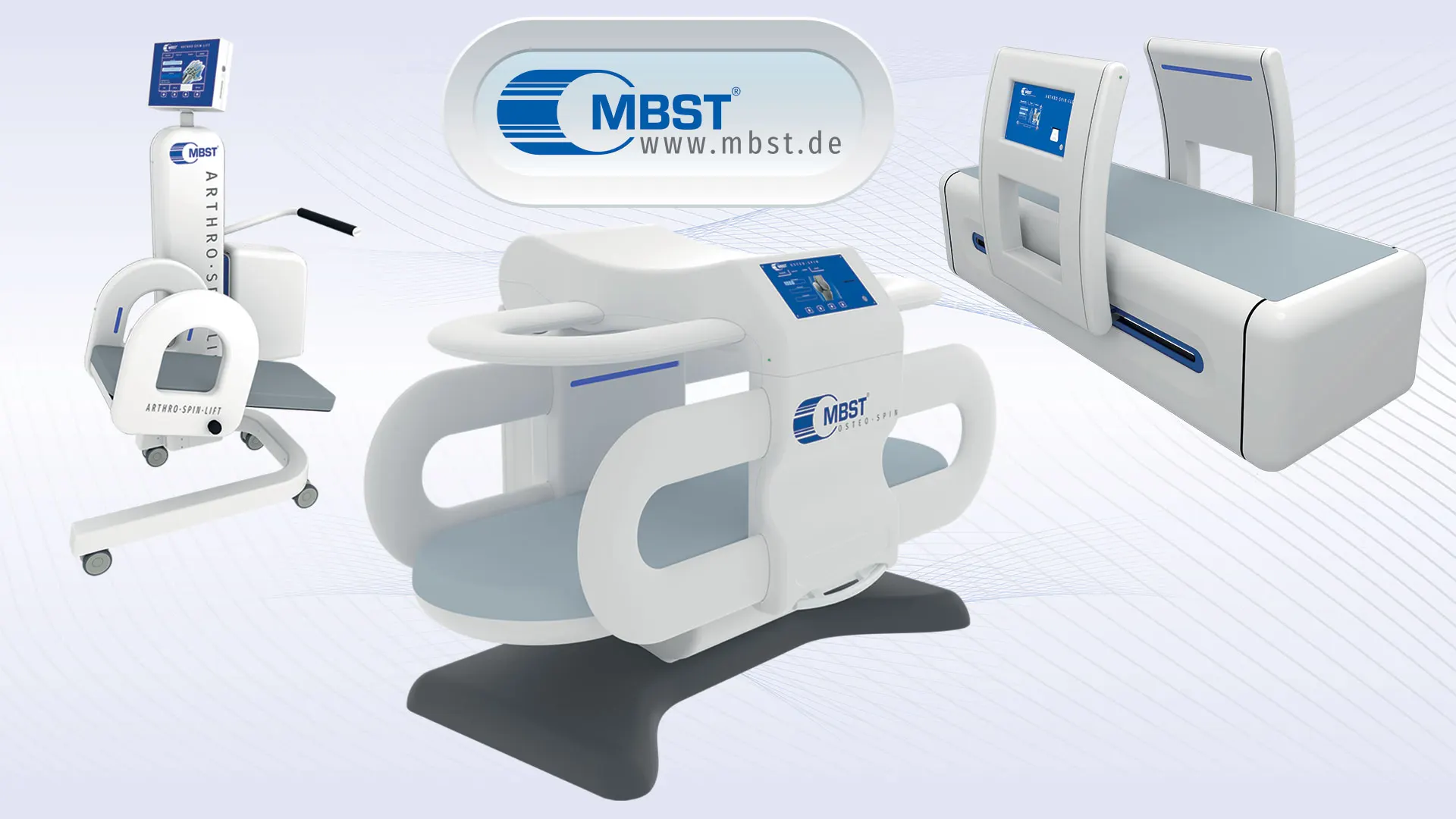


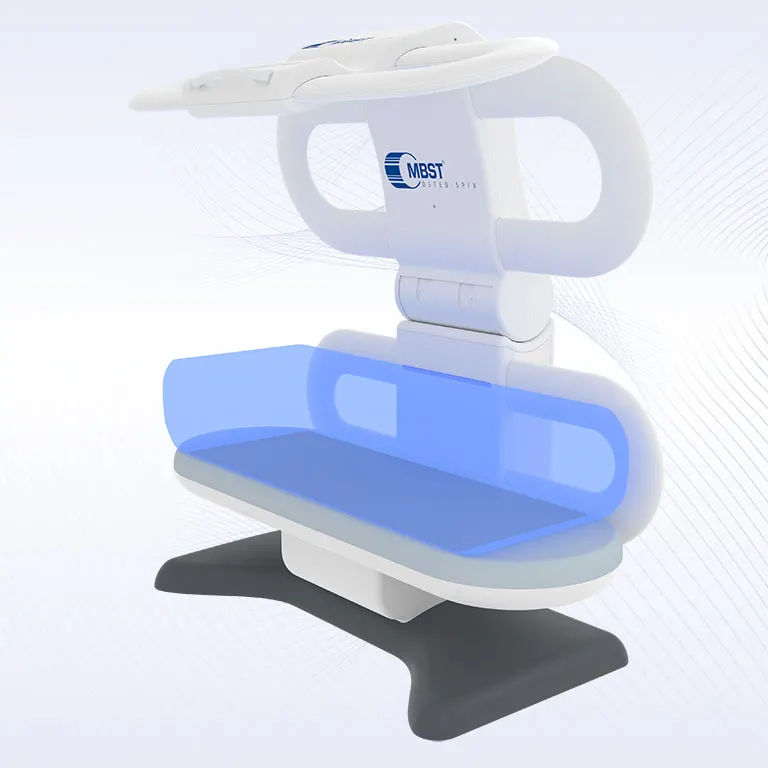

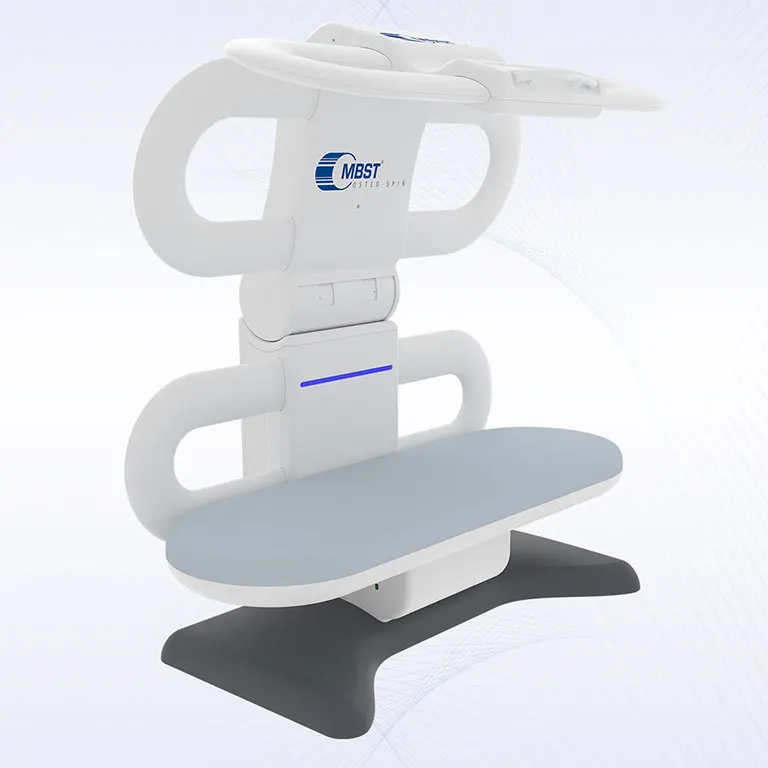
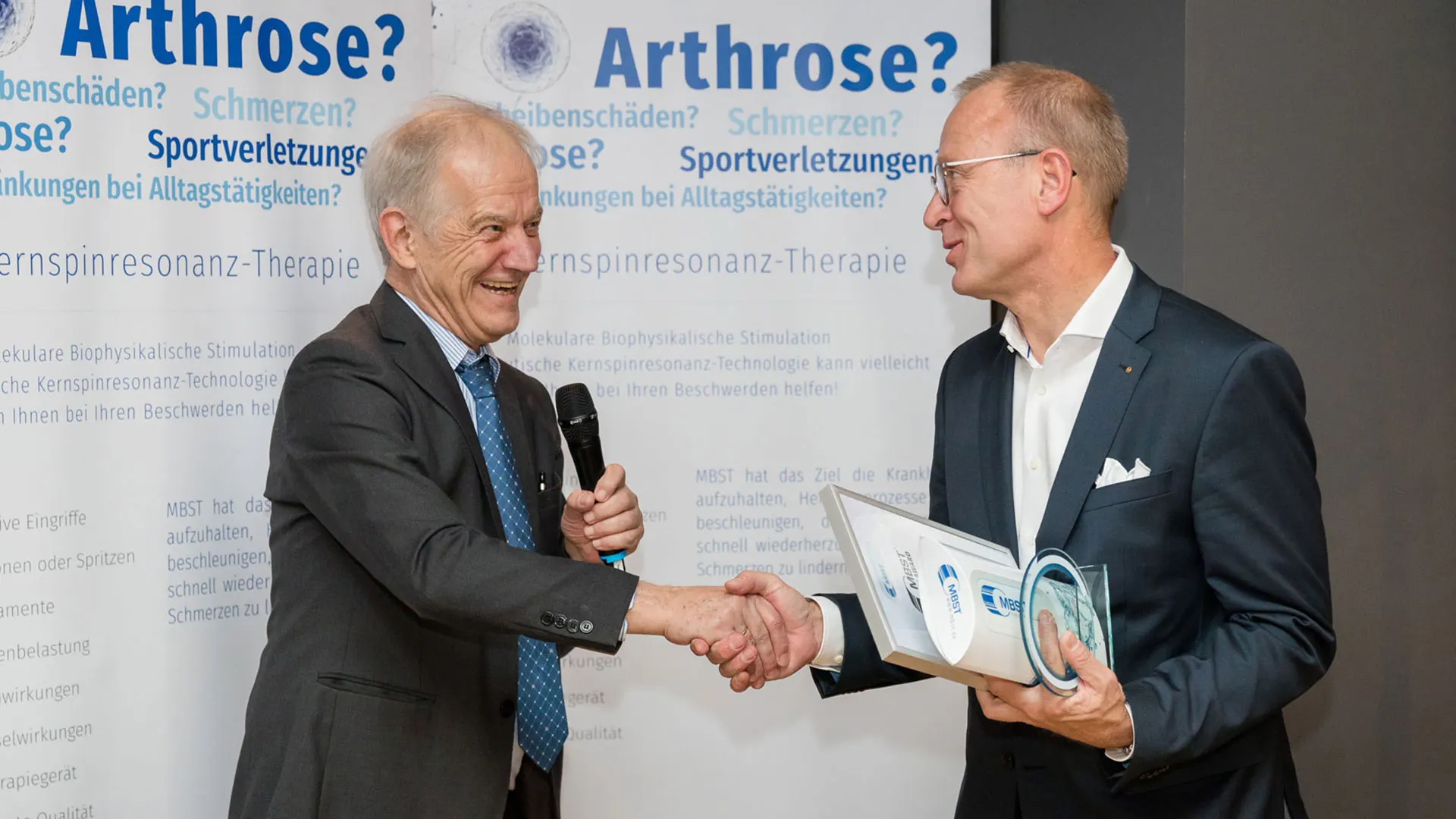


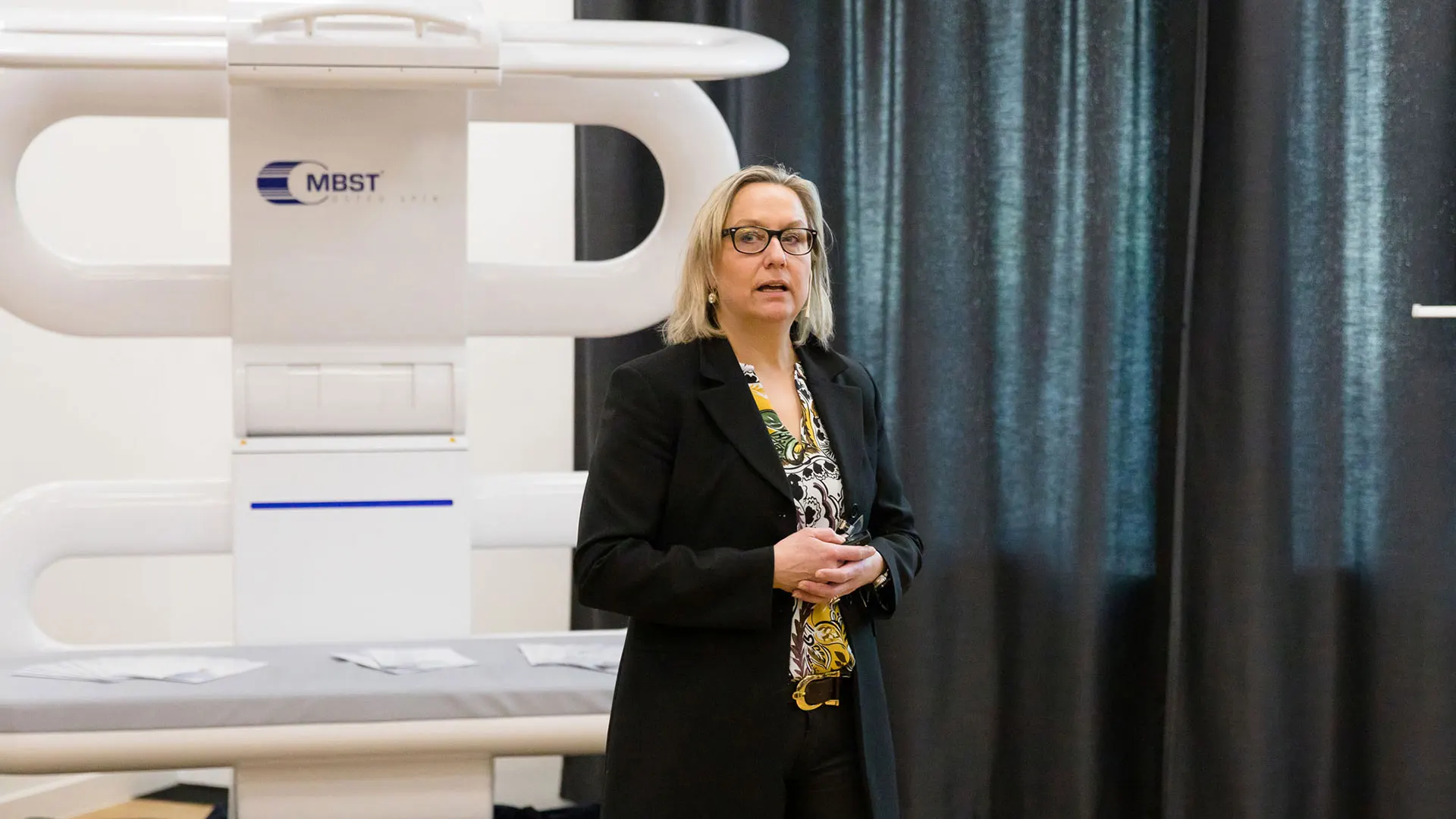


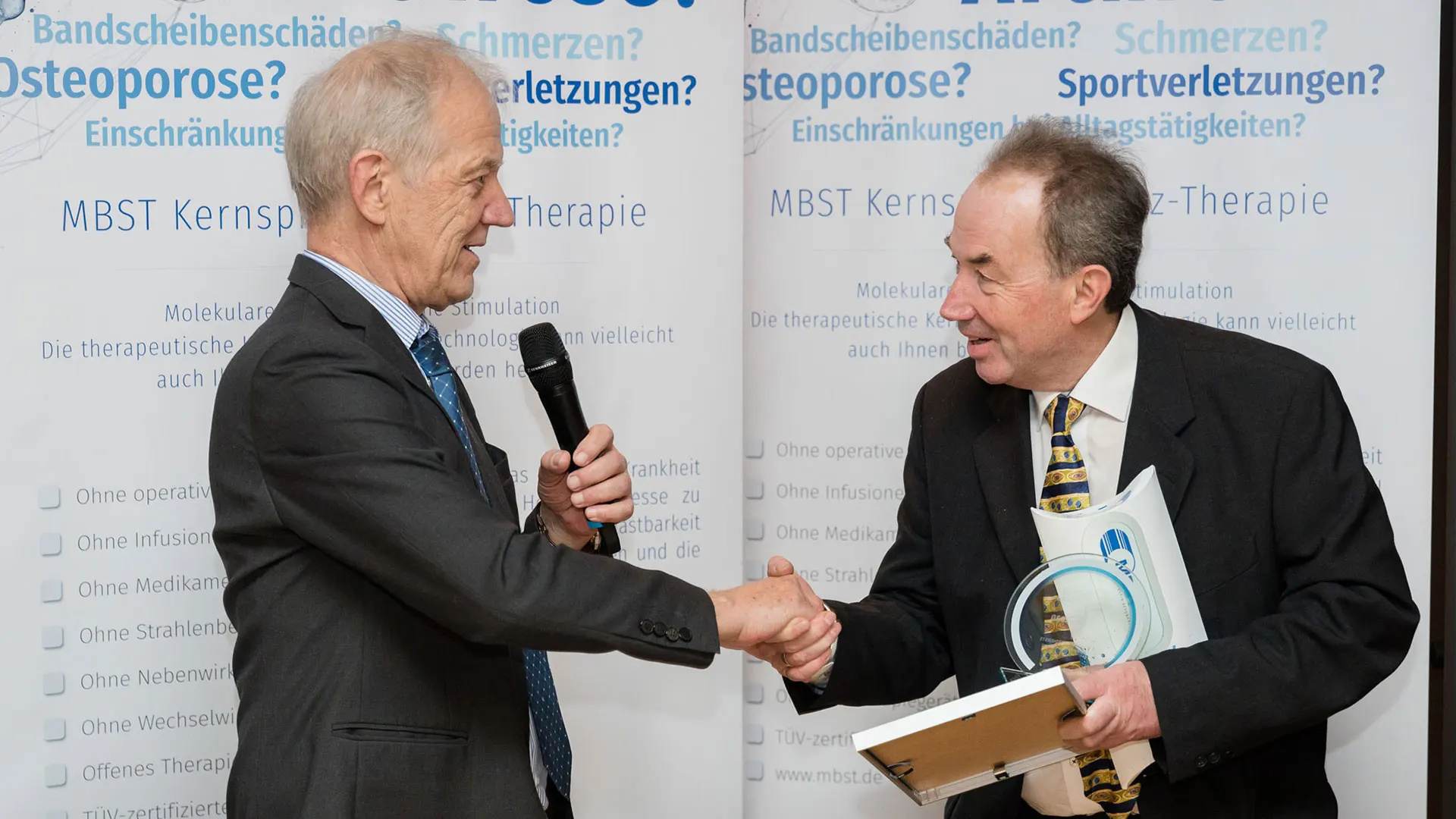

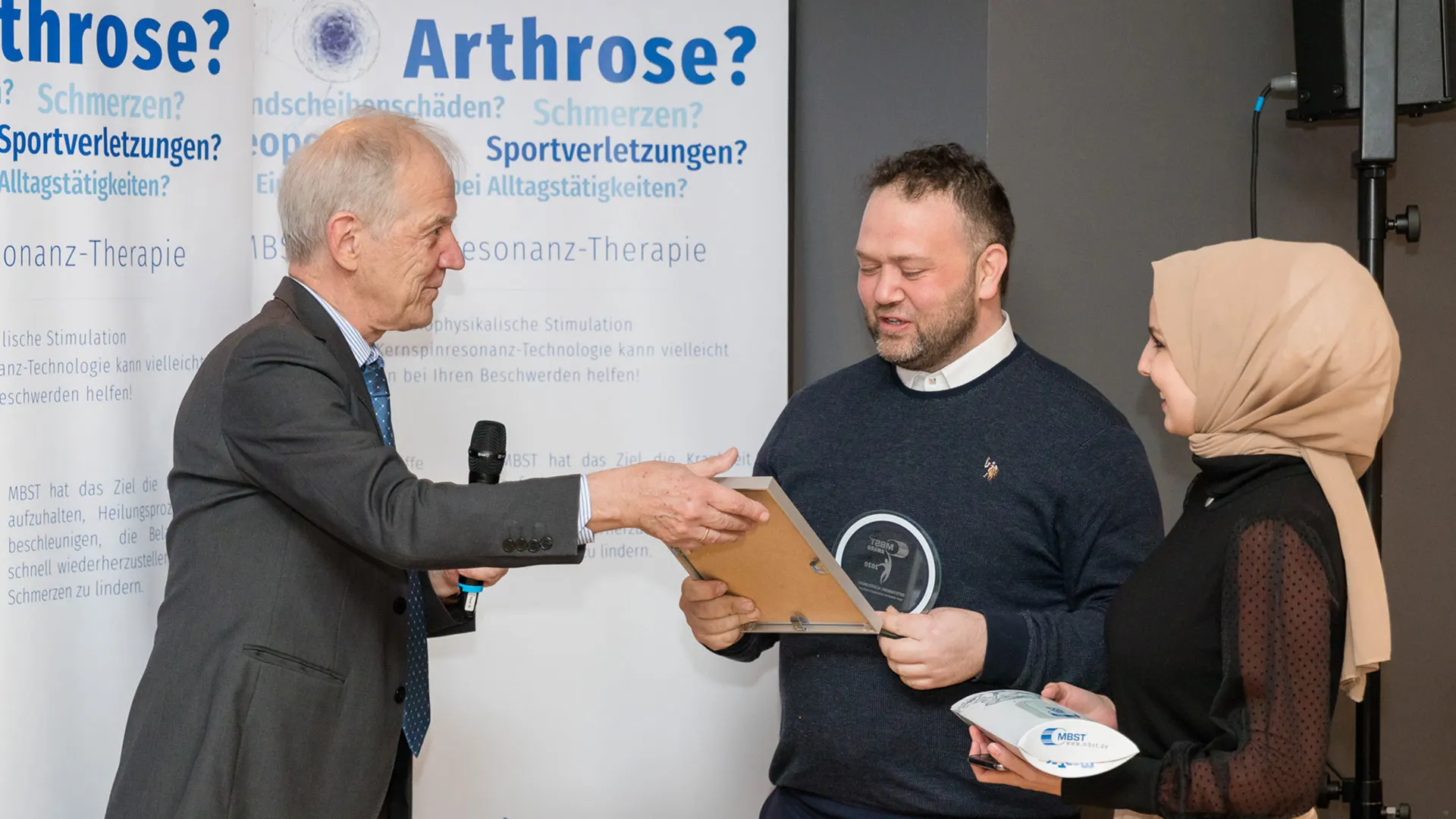
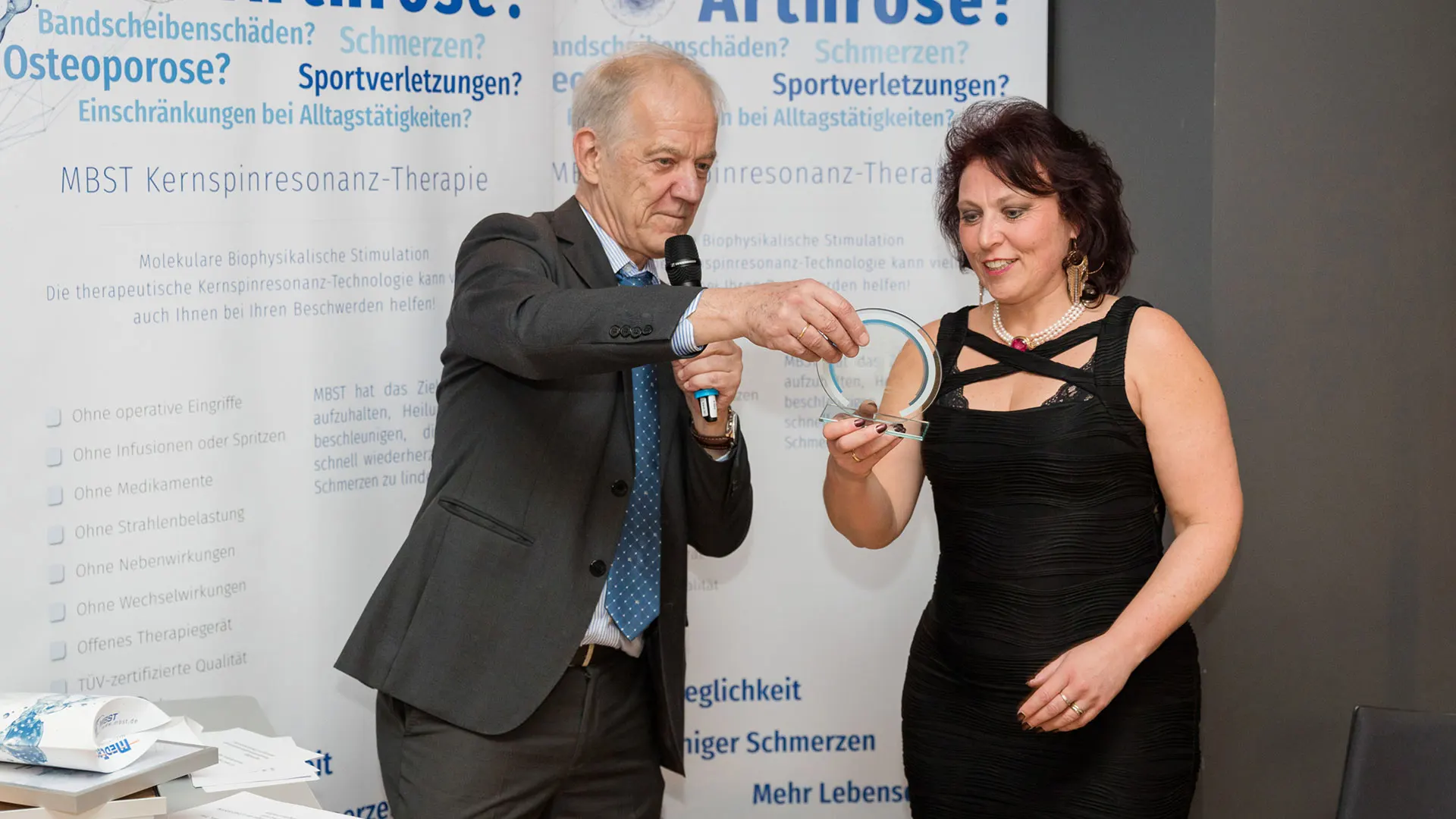

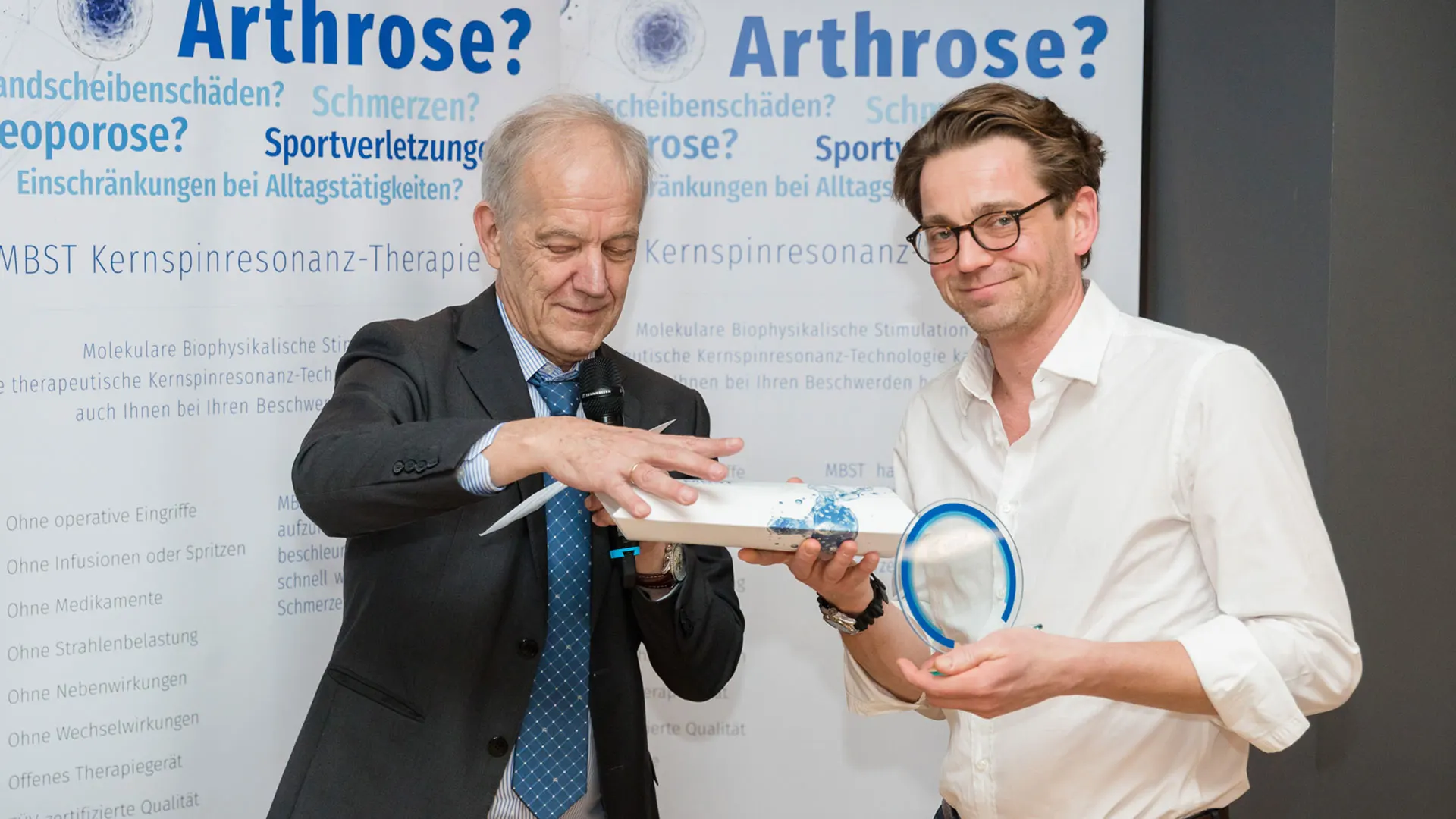
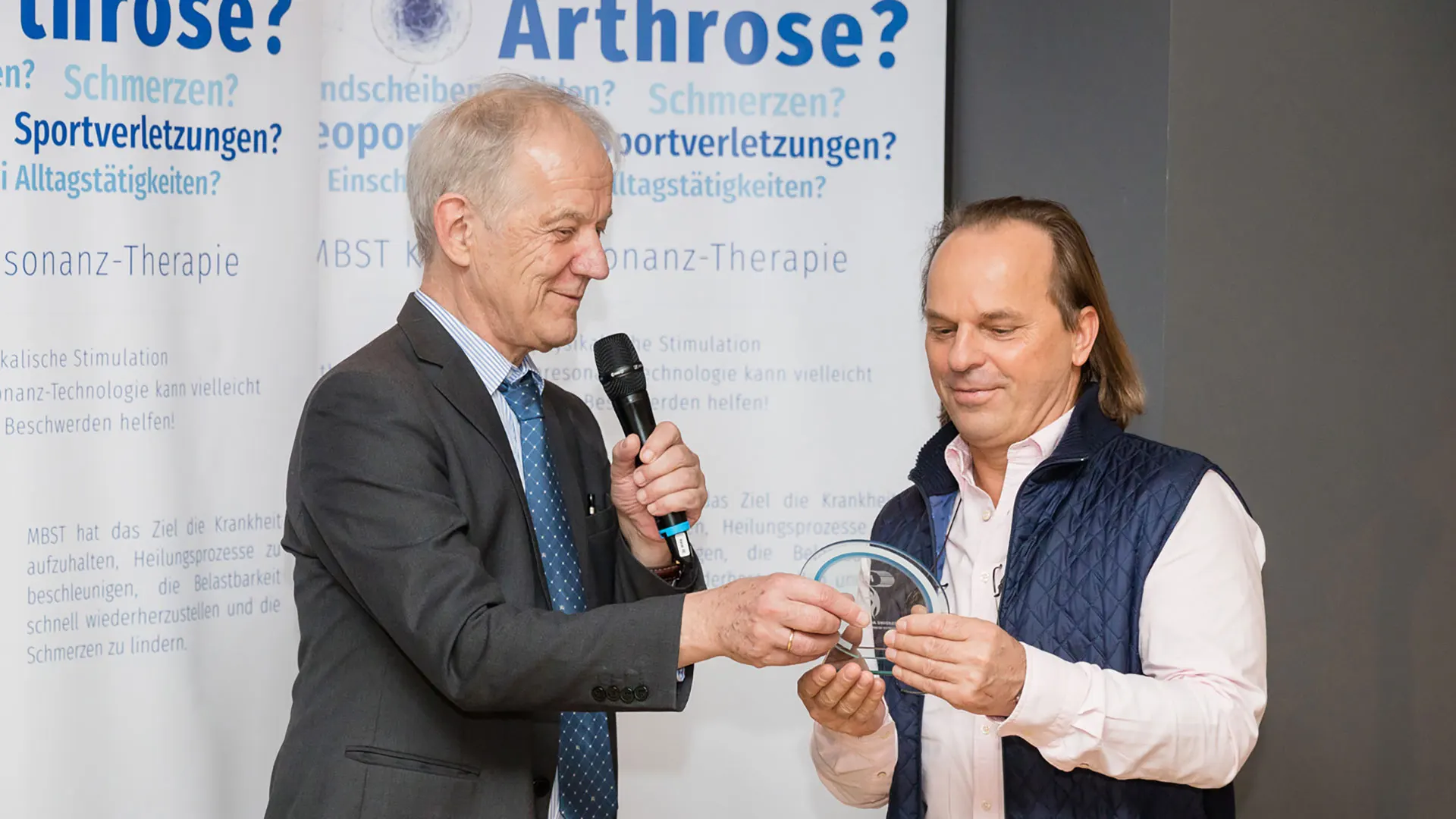
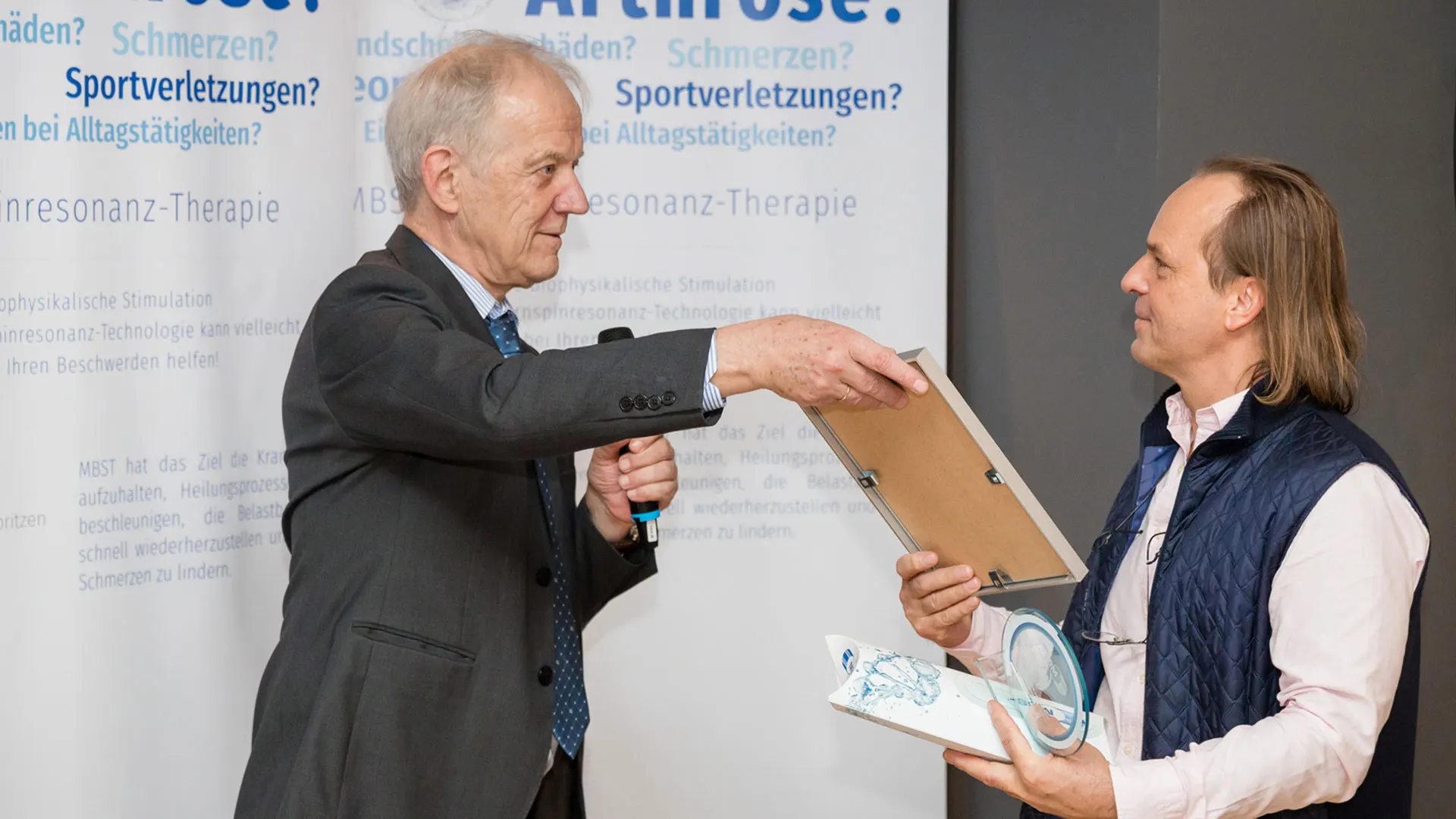
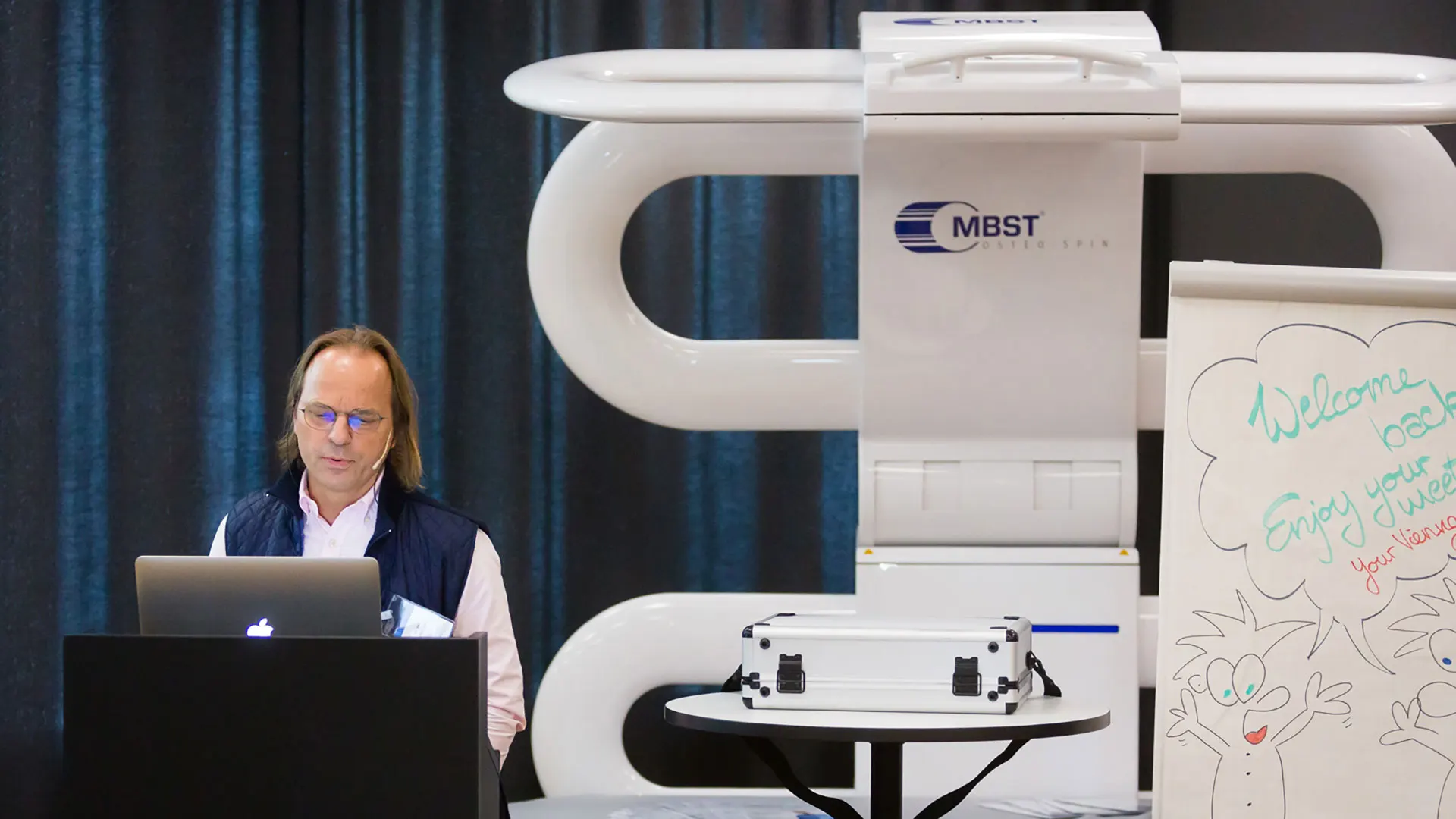


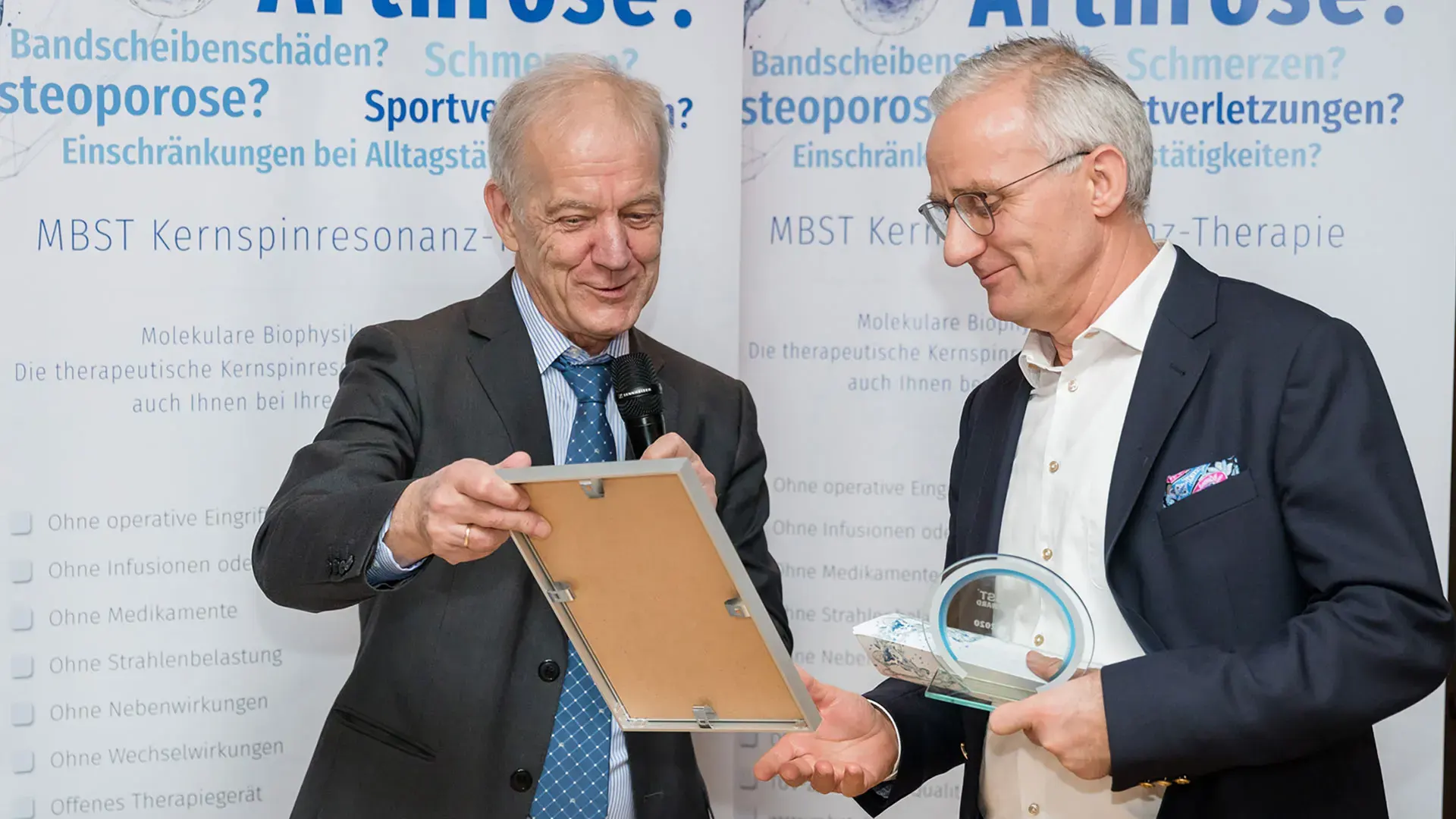
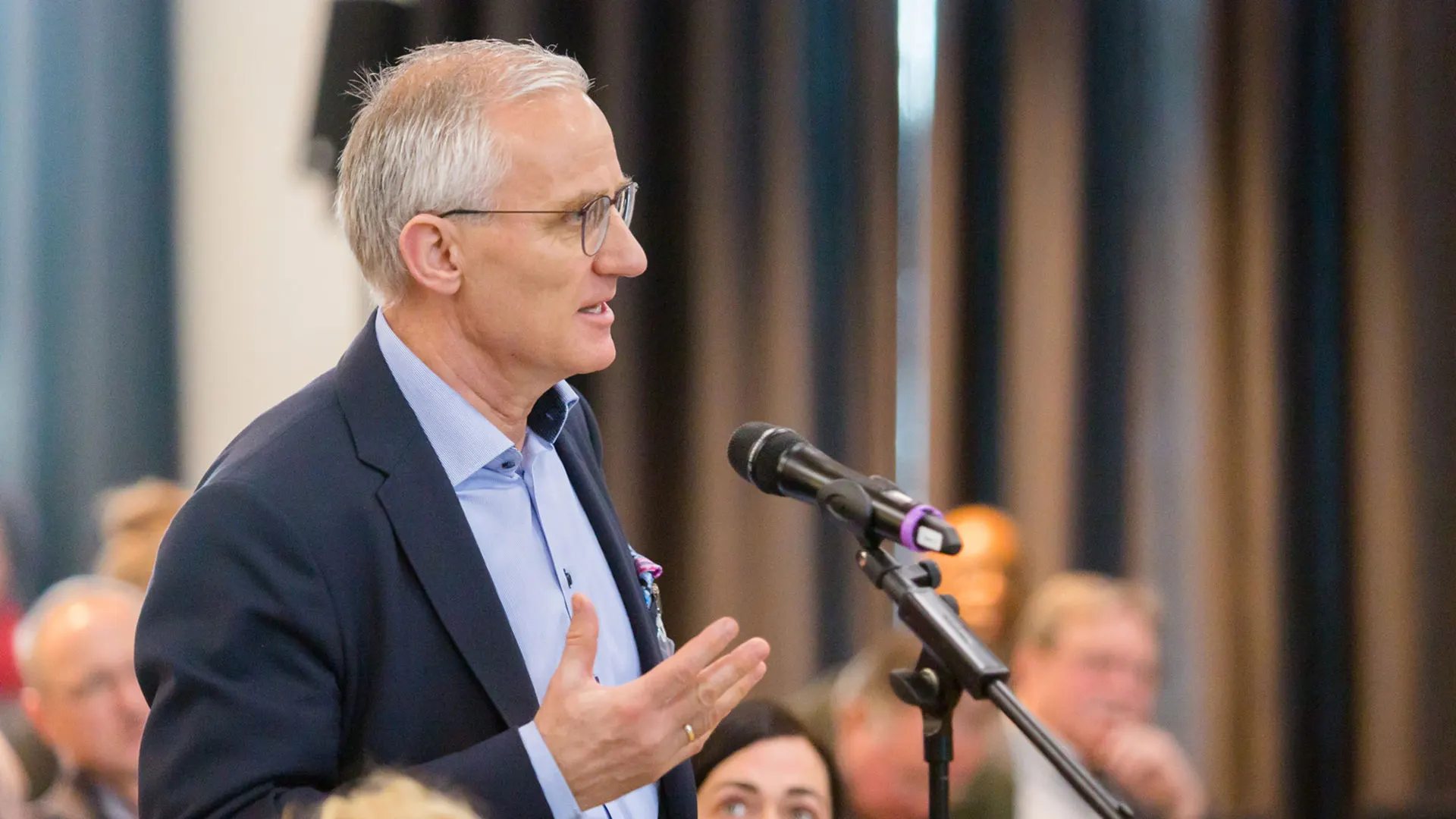
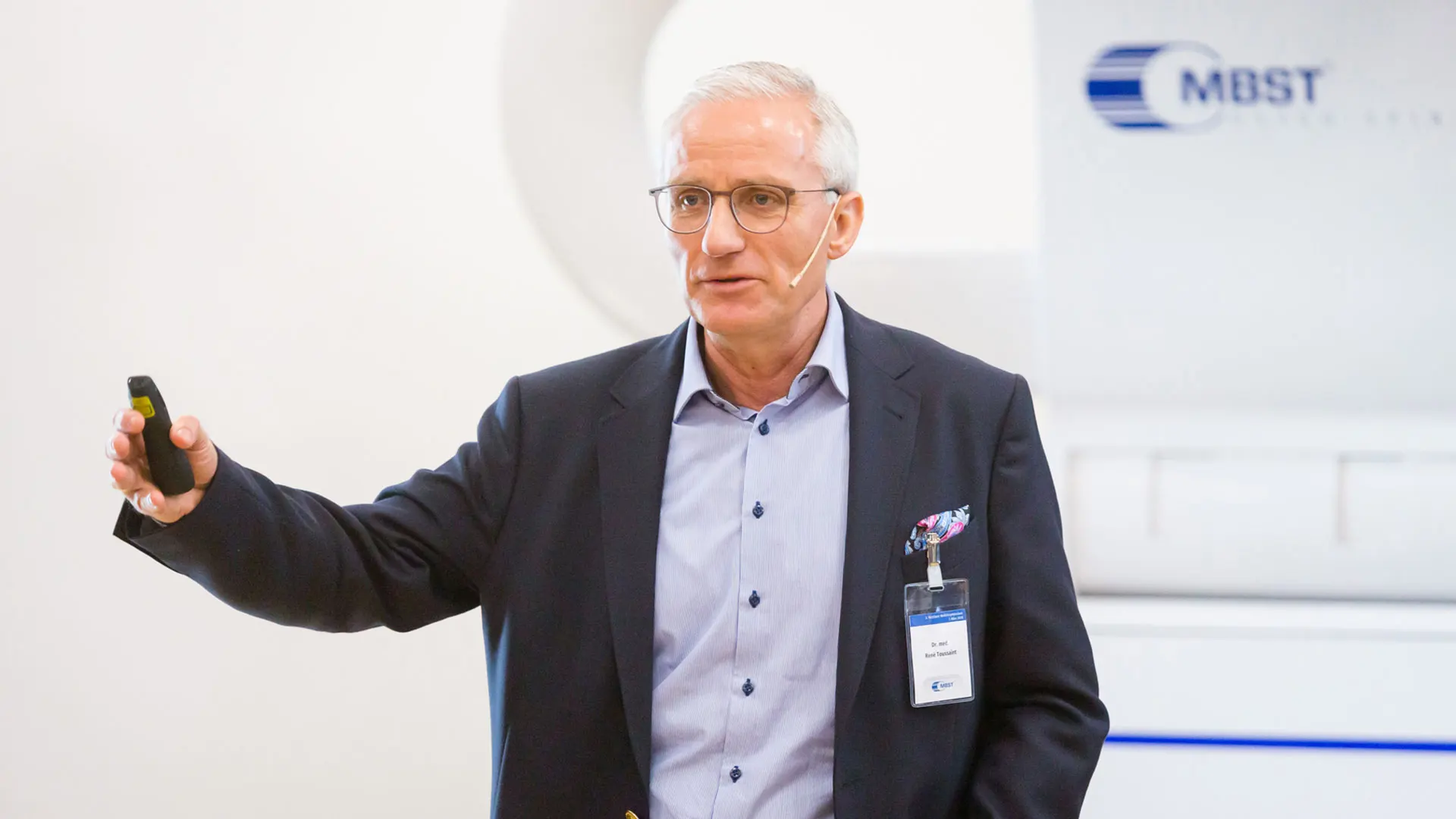
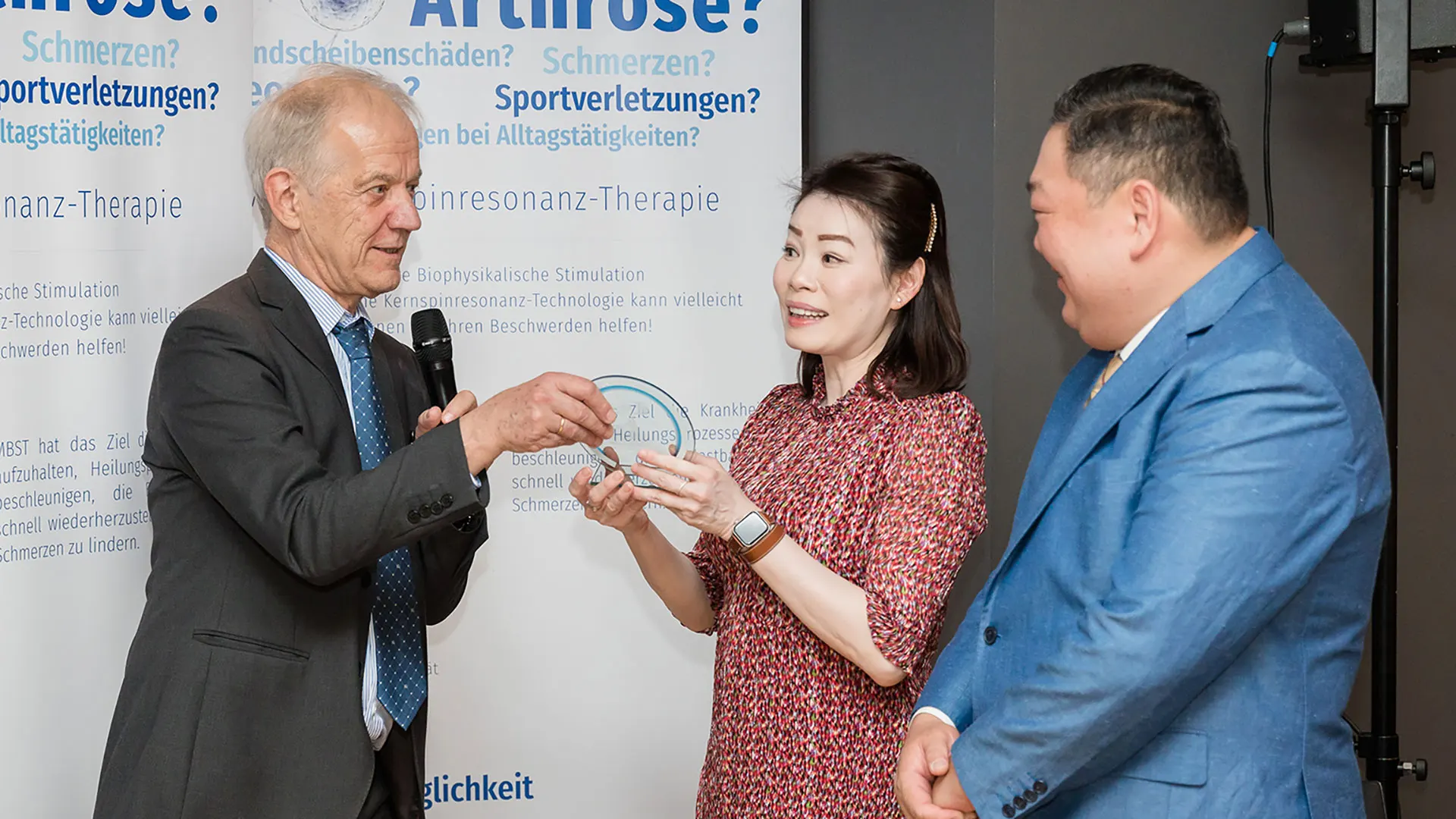



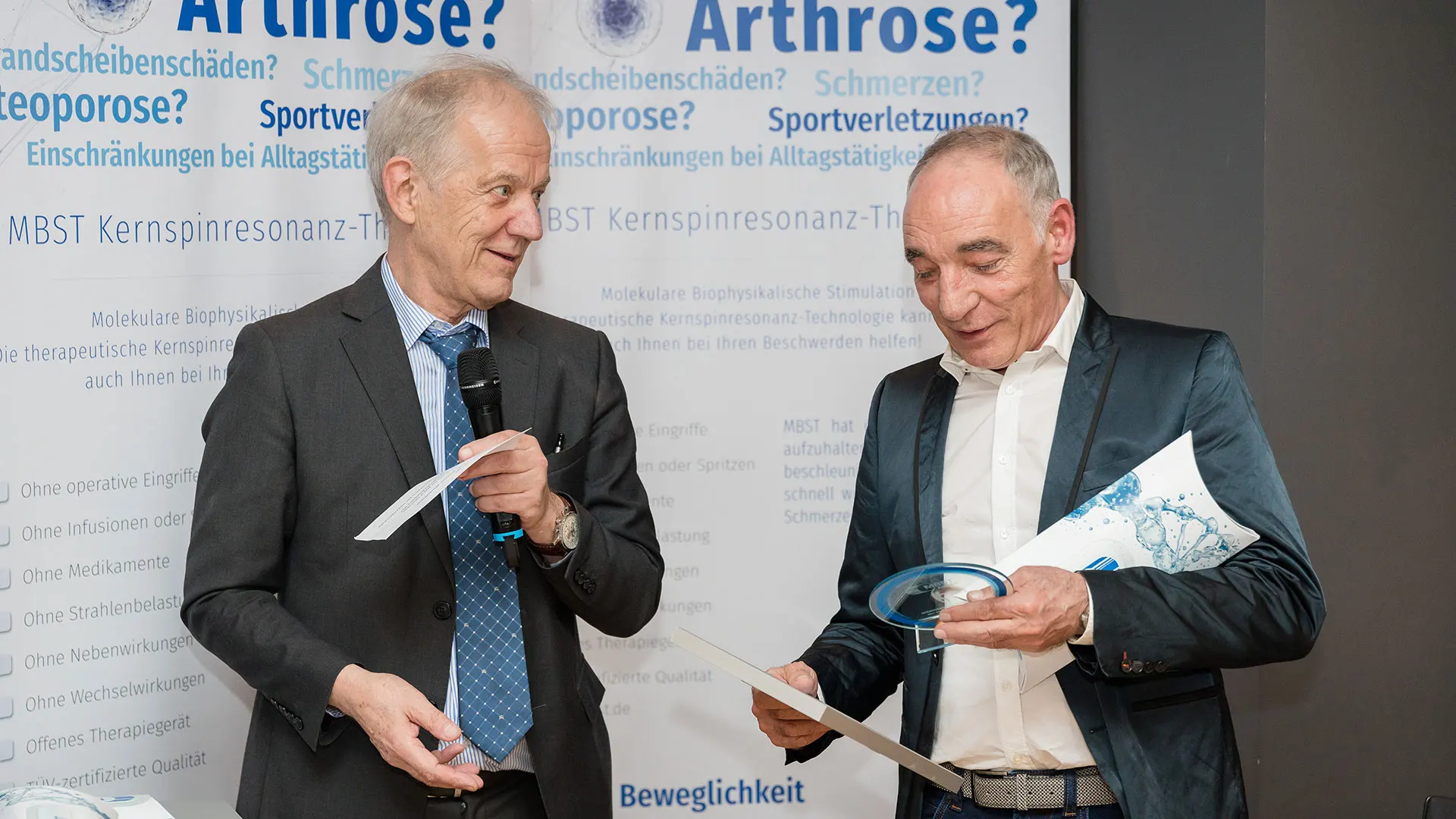
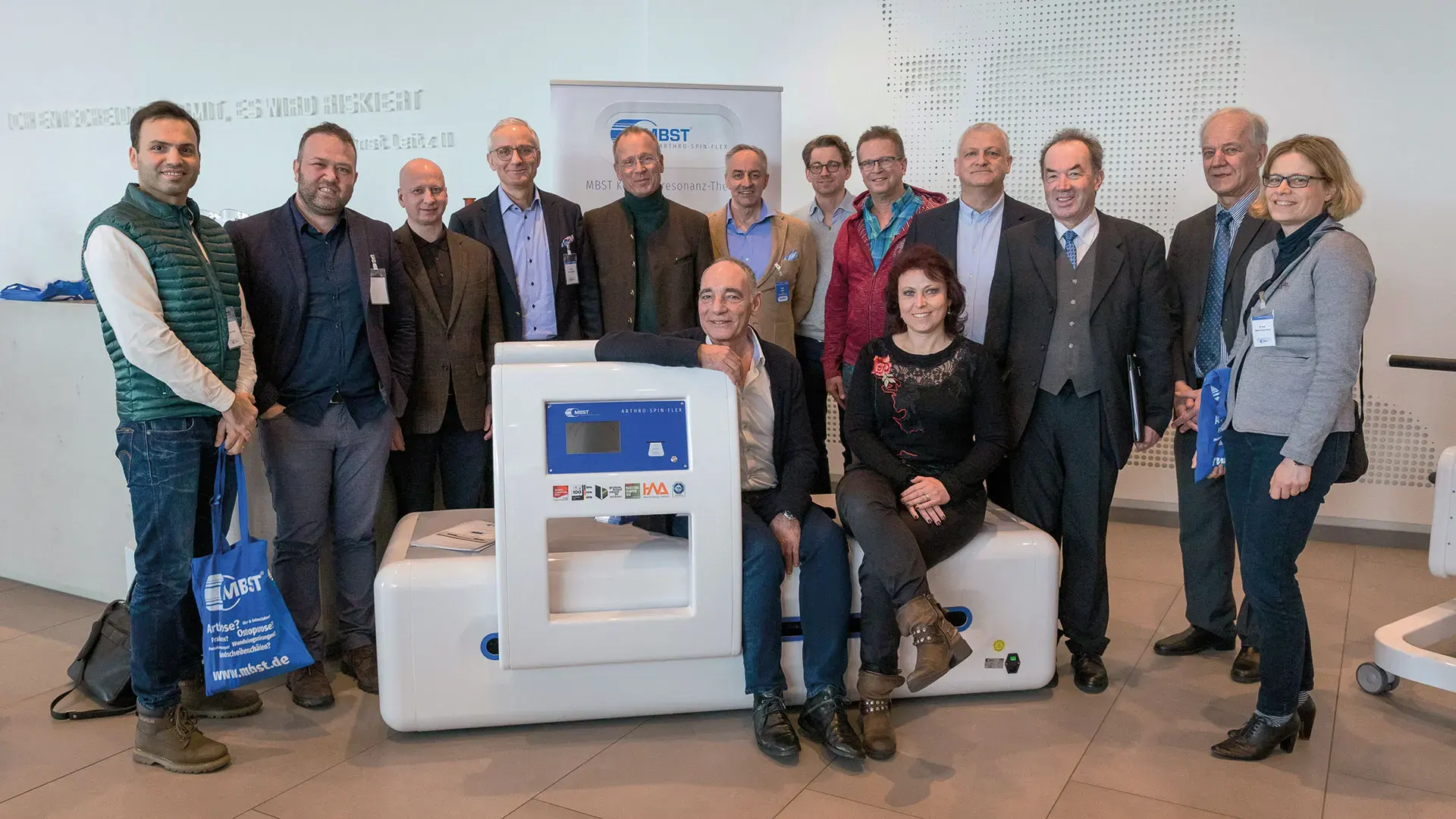
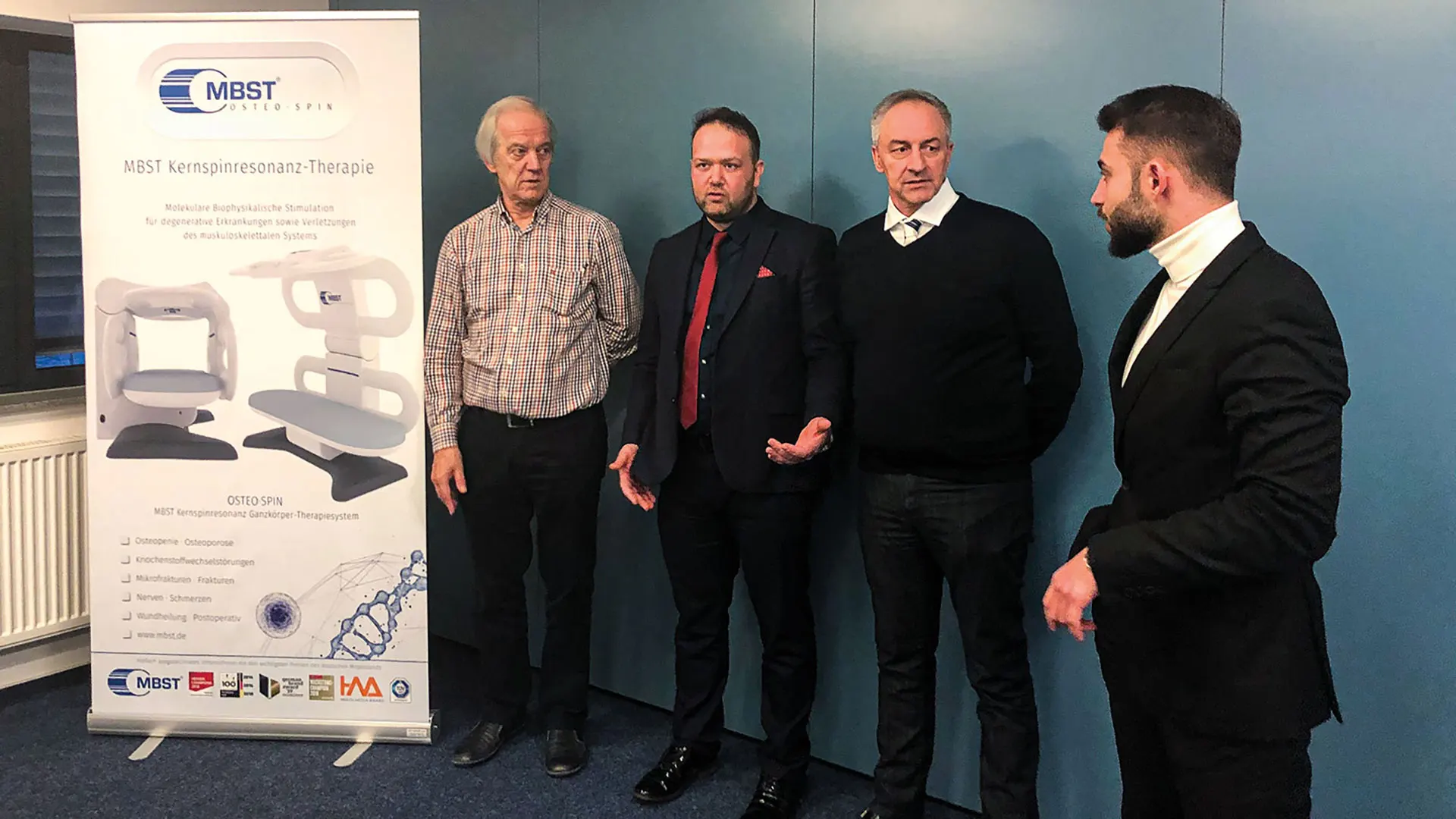
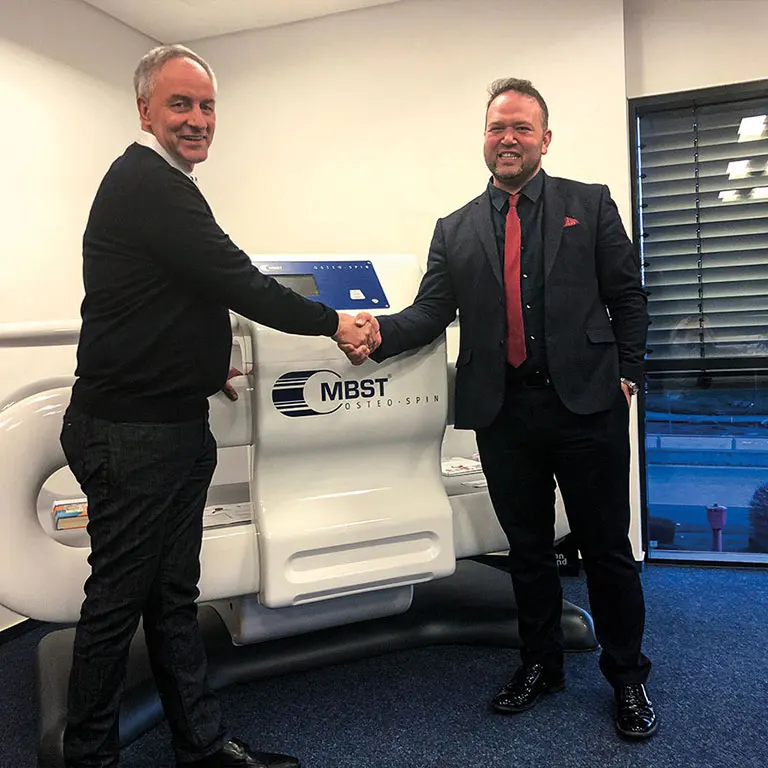
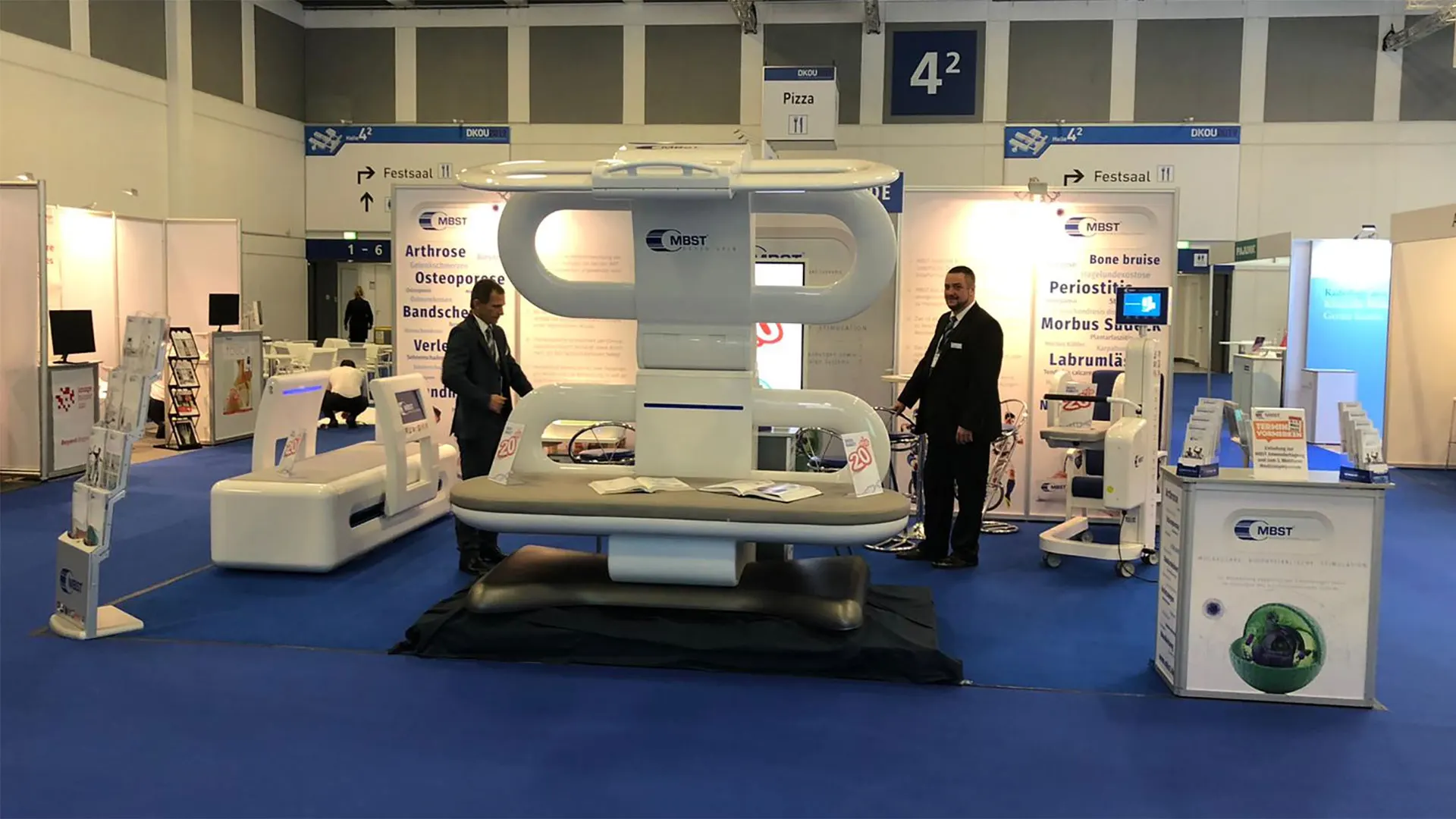
 The Dubai Sports Council is a forerunner in the promotion of newest scientific developments in the field of sports. On October 14–15, 2019, the DSC organised the first Dubai Artificial Intelligence in Sports Conference and Exhibition in the Dubai World Trade Center that focused on technologies and organisations who will shape the future of sports with their use of most modern technology and AI.
The Dubai Sports Council is a forerunner in the promotion of newest scientific developments in the field of sports. On October 14–15, 2019, the DSC organised the first Dubai Artificial Intelligence in Sports Conference and Exhibition in the Dubai World Trade Center that focused on technologies and organisations who will shape the future of sports with their use of most modern technology and AI. MBST magnetic resonance therapy is a therapeutical development from magnetic spin technology that is also used in MRI for diagnostic purposes. In addition to degenerative diseases like osteoarthritis, osteoporosis and disc complaints, injuries of muscles, ligaments and tendons as well as wound healing disorders are treated more and more often. Different athletes, from soccer to athletics, from volleyball and fist ball to tournament dancing, have tried the MBST magnetic resonance therapy for treatment of injuries on muscles, tendons, ligaments and bones. They include for instance Philipp Weber, Alina Reh, Manuel Eitel, Peter Strosack, Niko Bungert and Maraike Biglmaier. Treated injuries were among others bone bruises (bone marrow edema), stress fractures, tendon complaints, cartilage defects and jumper’s knee.
MBST magnetic resonance therapy is a therapeutical development from magnetic spin technology that is also used in MRI for diagnostic purposes. In addition to degenerative diseases like osteoarthritis, osteoporosis and disc complaints, injuries of muscles, ligaments and tendons as well as wound healing disorders are treated more and more often. Different athletes, from soccer to athletics, from volleyball and fist ball to tournament dancing, have tried the MBST magnetic resonance therapy for treatment of injuries on muscles, tendons, ligaments and bones. They include for instance Philipp Weber, Alina Reh, Manuel Eitel, Peter Strosack, Niko Bungert and Maraike Biglmaier. Treated injuries were among others bone bruises (bone marrow edema), stress fractures, tendon complaints, cartilage defects and jumper’s knee.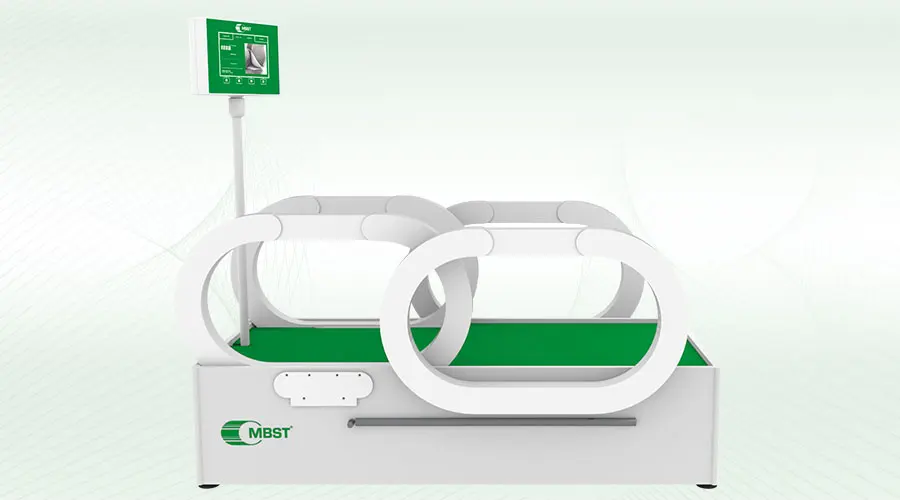 One of the highlight of this “summit meeting”, is the presentation of the eagerly awaited new interactive standard work “Essential Facts of Physical Medicine, Rehabilitation and Sports Medicine in Companion Animals” by the Veterinary Academy of Higher Learning (VAHL).
One of the highlight of this “summit meeting”, is the presentation of the eagerly awaited new interactive standard work “Essential Facts of Physical Medicine, Rehabilitation and Sports Medicine in Companion Animals” by the Veterinary Academy of Higher Learning (VAHL).